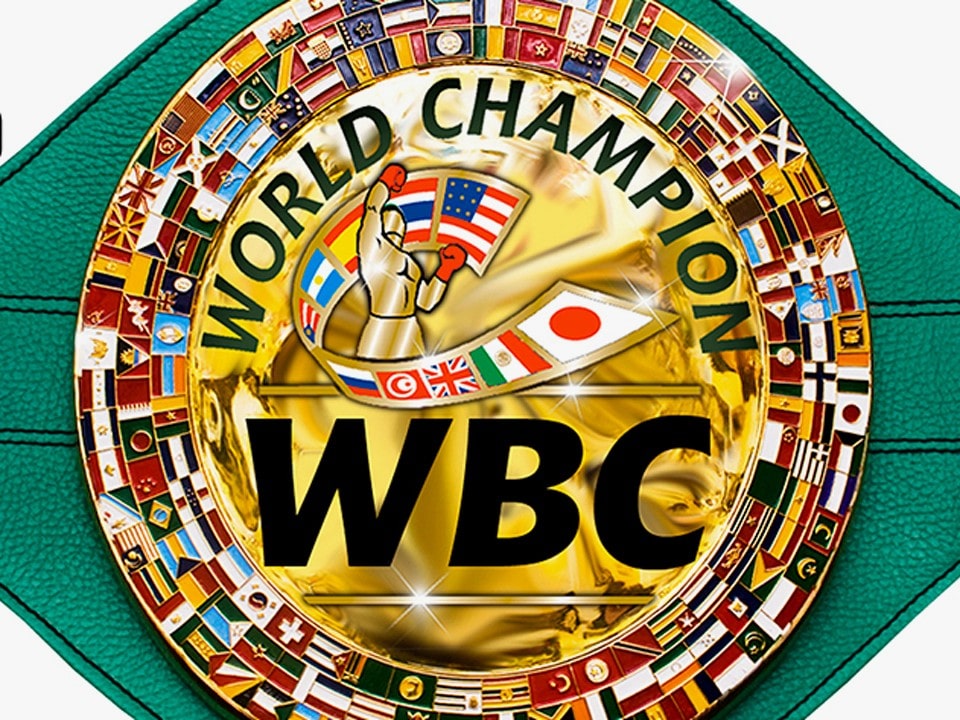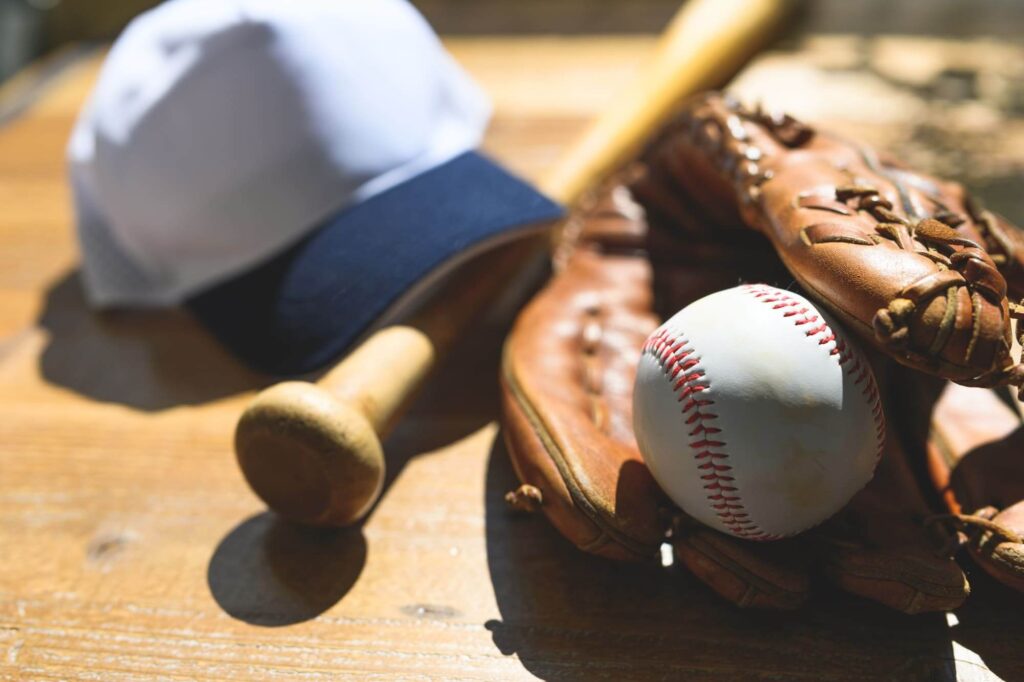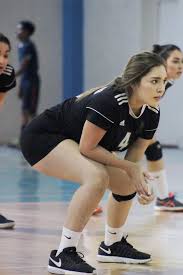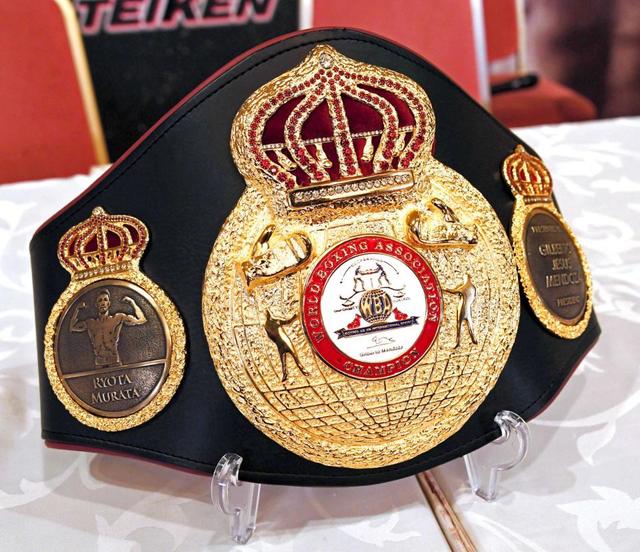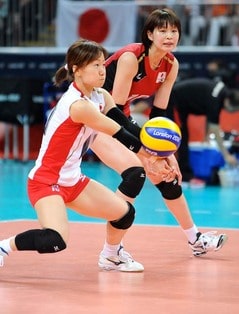
Junior high school is a very good time to start Kendo.
The skills and spirit that you acquire through Kendo during this period of growth can become great assets in your future life.
However, Kendo requires not only the acquisition of techniques but also deep learning that involves spiritual growth, so it may be particularly challenging for junior high school students.
This article provides tips for junior high school students to improve their Kendo practice, including basic tips for improving their Kendo skills, how to keep in mind during daily practice, and tactical approaches in matches.
We hope that this book will help all junior high school student swordsmen, from those just starting Kendo to those aiming for further growth, to continue to grow in the way of Kendo.
目次
Introduction: The importance of Kendo for junior high school students
For junior high school students, starting Kendo is more than just trying out a new sport.
Learning Kendo during this sensitive period will greatly contribute to not only physical growth, but also mental maturity and improved social skills.
Below, we will specifically introduce the significance and benefits of starting Kendo for junior high school students.
Promote physical growth and health
Junior high school students are a time of great physical growth, and Kendo is one of the ideal sports to support that growth.
Kendo practice helps improve flexibility, strength, and endurance.
In addition, the movements unique to Kendo are effective in cultivating the body’s sense of balance and increasing the ability to coordinate whole-body movements.
Cultivation of mental strength
Kendo is a martial art that values the harmony of “mind, technique, and body,” and emphasizes not only the acquisition of techniques but also mental training.
Kendo practice, which begins and ends with a bow, provides junior high school students with an opportunity to develop self-control, patience, and concentration.
In addition, by facing one’s inner self through winning and losing, students can learn the importance of self-acceptance and self-growth.
Kendo practice and competitions require cooperation and dialogue with others, which contributes to the development of junior high school students’ social skills.
Team competitions and joint work in the dojo foster a spirit of teamwork and provide opportunities to deepen respect and appreciation for others.
Also, interacting with swordsmen of different ages and years of experience will improve your communication skills.
As a place for self-expression
Kendo also serves as a means to express one’s emotions and intentions.
Matches and kata demonstrations require students to express their own style and thoughts in the form of kendo, contributing to the development of creativity and self-expression.
Starting Kendo in middle school provides a valuable opportunity for physical, mental, and social growth.
The lessons and experiences gained through Kendo will be of great help to you in your school life and future working life.

Basic tips for beginners in Kendo
For junior high school students who have just started Kendo, mastering the basics is the first step to enjoying Kendo.
Below, we will explain important tips that beginners should know, such as the basic stances and strikes of Kendo, and foot movements.
How to take the correct stance
- Basic stance : The basic stance in Kendo is the “chudan stance.” Stand with your feet shoulder-width apart and your right foot one step forward. Grip the shinai naturally and hold it so that the tip points towards the opponent’s throat. At this time, try to keep your body and Shinai in a straight line.
- Relaxed posture : Be careful not to put too much pressure on your shoulders or arms and maintain a relaxed stance. If you strain too much, your movements will slow down.
basic way of hitting
- Men-uchi : To strike men, raise the shinai above your head, extend your arm and strike the opponent’s men. At the moment of hitting, make sure your feet, arms, body, and voice are in sync.
- Kote-uchi : When making a kote-uchi, the shinai is swung down towards the opponent’s kote (wrist). Kote-uchi requires precision, so it is important to stay calm and not rush.
effective foot movements
- Basic foot movement : The foot movement in Kendo is called “suriashi” and involves sliding on the floor. When moving forward, move your right foot first; when moving back, move your left foot first.
- Quick movements : When attacking or defending, quick foot movements are required. Train your leg muscles through daily practice so that you can move quickly.
Mindset for practice
- Commitment to the basics : Improving your skills in kendo begins with practicing faithfully to the basics. Review your basic techniques during daily practice and strive to perform them perfectly.
- Learning from teachers and seniors : During practice, listen to the instructions from teachers and seniors and have an attitude of actively learning. If you don’t understand something, don’t hesitate to ask.
By learning these basic tips for junior high school students who have just started Kendo, they will not only improve their Kendo techniques, but also the spiritual growth that can be gained through Kendo.
Please cherish your daily practice and enjoy the way of Kendo.

Tactical approach to help you in the match
In Kendo matches, the outcome can depend not only on the mastery of technique, but also on tactical approach and psychological maneuvering.
In order for junior high school students to be successful in competitions, it is especially important for them to understand and effectively use tactics to differentiate themselves from their opponents.
Below, we will explain tactics and psychological tactics that are useful in actual matches in a way that is easy for junior high school students to understand.
read your opponent’s movements
- Observe your opponent’s habits : Carefully observe your opponent’s movements and habits during pre-game practice and early in the game. If your opponent makes a specific move before performing a specific technique, you can spot it and think about your next move.
- Use the first move and second move differently : It is important to distinguish between the first move, which attacks before the opponent, and the second move, which attacks after inviting the opponent’s attack. Be aware of your opponent’s intent to attack and react appropriately depending on the situation.
control of distance
- Be aware of distance : It is important to proceed with the match while maintaining a distance that is advantageous to you. By controlling your distance from your opponent, you can increase your chances of attacking and make it easier to avoid your opponent’s attacks.
- Attract with small movements : Large movements tend to make your opponent wary, but small movements can tempt your opponent and create an opening.
put pressure on
- Overwhelm with spirit : In Kendo, not only technique but also spirit is important. By showing an aggressive attacking stance, you can put pressure on your opponent and force them to go on the defensive.
- Fight aloud : Showing your support motivates you and at the same time puts pressure on your opponent. Let’s be proactive and participate in the game.
psychological tactics
- Stay calm : Even if you feel anxious or anxious during a match, it is important to remain calm. Take a deep breath, calm your mind, and calmly think about your next move.
- Read your opponent’s psychology : Change your tactics by reading your opponent’s state of mind, such as taking a chance to attack when your opponent is nervous, or attacking cautiously when they are on the defensive.
In order to win the game, it is important to not only master the techniques, but also to master these tactical approaches and psychological maneuvers.
Practice while keeping these tactics in mind during daily practice, so that you can utilize them in matches.

Things to keep in mind during daily practice
Daily practice is essential to improving your Kendo skills. It’s not just about practicing, but how you practice is important.
Here, we will provide specific advice on effective practice methods and what to pay particular attention to during practice.
effective practice method
-
Practice with a goal :
- Set clear goals for each practice. For example, having a goal, such as “Improve the accuracy of my Men-uchi today” or “Improve the timing of my Kote-uchi” will increase your concentration.
-
Staying true to the basics :
- Kendo techniques are built on basic movements. Make sure to accurately perform the basic stance, foot movements, and strikes, and review the basic movements each time you practice.
-
Focus on form :
- Kata practice is perfect for honing your Kendo techniques and spirituality. Through shapes, you can improve the flow of movement, breathing, and concentration.
Points to note when practicing
-
Pay attention to your physical condition :
- Rehearsals consume physical energy. By getting enough sleep, nutrition, and staying hydrated frequently, you will be able to practice in your best condition.
-
Practice with safety first :
- Injuries sustained during practice can prevent long-term practice. Make sure to maintain correct posture and movements, and always be careful about safety during practice.
-
Value reflection and feedback :
- After practice, reflect on the day’s achievements and points for reflection, and actively seek feedback from your instructor and seniors. Know your weaknesses and try to improve them in your next practice.
-
Develop patience :
- Kendo is not something that can be improved overnight. Although you may feel frustrated at times, such experiences are also an important part of learning Kendo. Cultivating patience and persevering are the shortcuts to growth.
Kendo not only improves physical strength and technique, but also promotes spiritual growth.
Through daily practice, strive to develop your Kendo skills as well as your character as a Kendo practitioner.
Always approaching training with a positive attitude is the key to success in the path of Kendo.

Life lessons learned through Kendo
Kendo is not just a competition, but also a place of lifelong learning that promotes spiritual growth.
Especially for junior high school students who are still in their formative years, the life lessons they can learn from Kendo will be a great source of strength in their future lives.
Below, we will introduce how Kendo contributes to the spiritual growth of junior high school students and the life lessons they can learn from Kendo.
self-discipline and responsibility
- Self-discipline : Kendo training involves regular practice and strict rules. By following this, middle school students learn self-discipline. The ability to be strict with yourself and proceed in a systematic manner is an important quality in your studies and future career.
- Sense of responsibility : Through team competitions and activities at the dojo, students develop a sense of responsibility while cooperating with others. Understand how your actions affect those around you and learn the importance of acting responsibly.
Perseverance and spirit of challenge
- Patience : Kendo takes time to master techniques. The perseverance to continue making efforts without seeking immediate results is the foundation for facing various difficulties in life.
- Spirit of challenge : Challenging new techniques and challenging high-ranked swordsmen will foster a fearless spirit of challenge. The courage to take on new challenges without fear of failure is an essential ability to pursue your dreams and goals in the future.
respect and gratitude
- Respect : Kendo training and competitions require you to always respect your opponent. This teaches the importance of respecting others and is the basis for building relationships.
- Gratitude : You can develop a feeling of gratitude toward your fellow students, instructors, and seniors who guide you. A grateful heart fosters warmth and richness as a person.
Kendo includes many lessons that promote not only technical growth but also spiritual growth.
Learning these values during junior high school will deepen the richness of life and develop the ability to face difficulties.
Let’s apply the lessons learned through Kendo to our daily lives and future challenges.

Summary and next steps
In this article, we have explained in detail the basic knowledge and techniques that junior high school students who are just starting Kendo should know, the tactical approaches that are useful in matches, and the life lessons that can be learned through Kendo.
The path of Kendo is a journey of deep learning that requires not only technical mastery but also spiritual growth.
Below, I will briefly summarize what has been covered so far and give advice on what junior high school students should do next to improve their Kendo skills.
Article summary
- Mastering basic techniques : Mastering the basic stances, strikes, and foot movements of Kendo is the first step to becoming a master.
- Tactical approach : To be successful in a match, the ability to read your opponent’s movements, maintain an appropriate sense of distance, and psychological maneuvering are important.
- Life Lessons : Kendo offers many valuable life lessons such as self-discipline, perseverance, a spirit of challenge, respect and gratitude.
What to do next
-
Continuation of daily practice :
- Kendo techniques are refined through daily practice. Don’t forget to practice every day and try to master the basic techniques.
-
Goal setting and planning :
- Set short-term and long-term goals and make a plan to achieve them. Having goals increases motivation.
-
Learning from teachers and seniors :
- During practice, actively seek guidance and feedback from your teachers and seniors to improve your own technique and mindset.
-
Match challenge :
- Participating in real matches allows you to test out the techniques you have learned and make new discoveries. Growth will accelerate as you gain experience in the game.
-
Self-reflection and improvement :
- After practice or a match, it is important to reflect on your performance and find areas for improvement. Find your next step through self-reflection.
Improvement in kendo will not be achieved overnight, but with sustained effort and the right mindset, you can definitely make progress.
Through Kendo, you will not only improve your technique, but also grow as a person, and enjoy the path of Kendo to the fullest.
